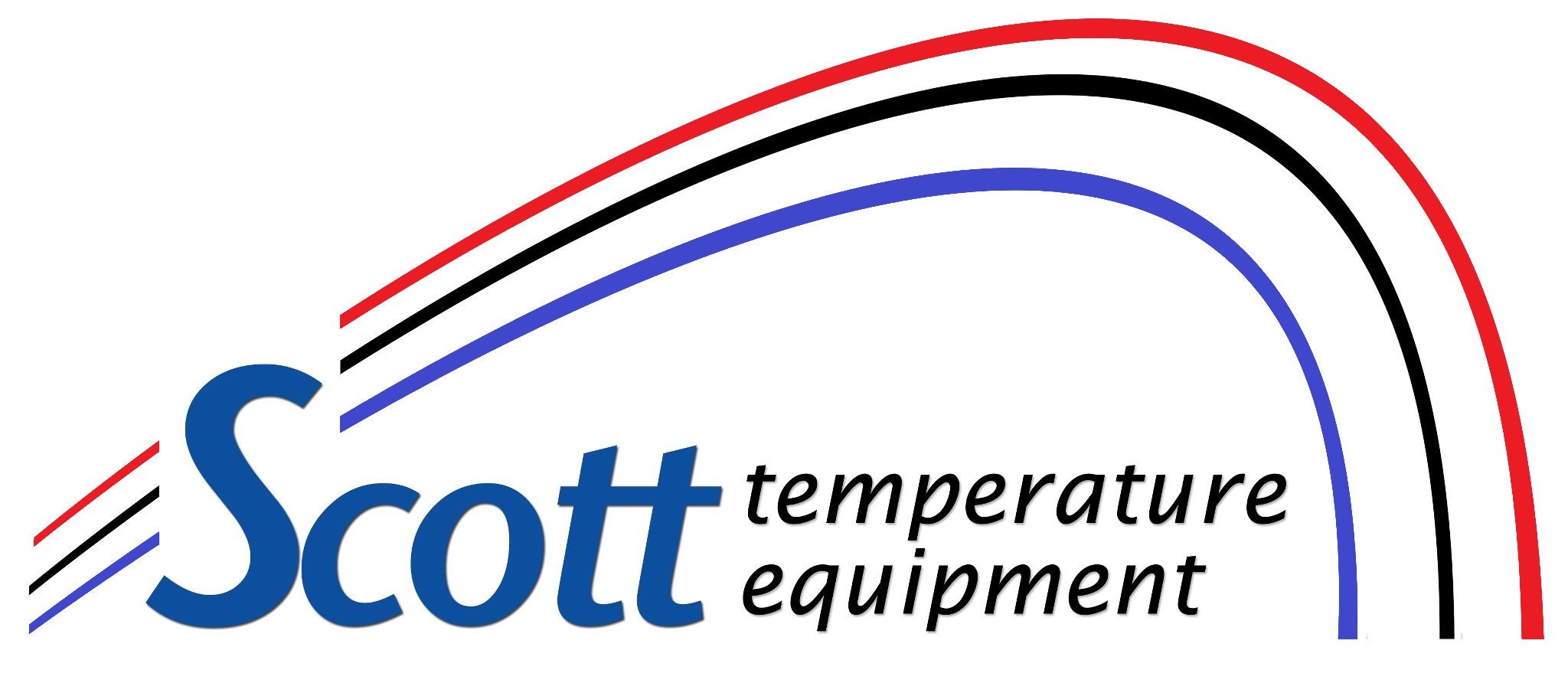When the weather begins to cool off, you may be thinking about how you’ll prepare your heating and cooling. After all, HVAC bills routinely contribute a large piece of your monthly electric bill. To try and find ways to reduce costs, some homeowners look closely at their thermostat. Is there a setting they should use to improve efficiency?
Most thermostats include both a ‘Fan’ or ‘Fan On’ setting. But if the fan is on during a typical cycle, what does the fan setting offer for an HVAC system? This guide should help. We’ll share just what the fan setting is and how you can use it to reduce costs over the summer or winter.
Should I Use My Thermostat’s Fan Setting?
For most thermostats, the fan setting indicates that the HVAC blower fan remains on. Certain furnaces may continue to generate heat at a low level with this setting, but for the most part heating or cooling isn’t being generated. The ‘Auto’ setting, in contrast, will start the fan over a heating or cooling cycle and shut it off when the cycle is finished.
There are advantages and disadvantages to trying the fan setting on your thermostat, and whether you do or don’t {will|can|should]] depend on your personal comfort requirements.
Advantages to trying the Fan/On setting:
- You can keep the temperature throughout your home more uniform by allowing the fan to keep generating airflow.
- Indoor air quality can increase as continuous airflow will keep forcing airborne contaminants through the air filter.
- A smaller number of start-stop cycles for the system’s fan helps expand its life span. As the air handler is usually a component of the furnace, this means you can avoid needing furnace repair.
Disadvantages to using the Fan/On setting:
- A continuous fan could increase your energy expenses somewhat.
- Continuous airflow could clog your air filter in a shorter amount of time, increasing the frequency you will want to replace it.
{Choosing Between|Should My Thermostat Be on|Which Setting for My Thermostat? Fan or Auto in Summer/Winter
During the summer, warm air may linger in unfinished spaces like the attic or an attached garage. If you use the fan setting, your HVAC system might pull this warm air into the rest of your home, pushing the HVAC system to work more to maintain the desired temperature. In severe heat, this could result in needing AC repair more regularly as wear and tear increases.
The reverse can happen during the winter. Cooler spaces such as a basement will hold onto cooler air, which can eventually make its way into the rest of your home. Leaving the fan setting on could pump more cold air upward, increasing the amount of heating you need to keep warm.
If you’re still trying to decide if you should switch to the fan/on setting, keep in mind that every home and family’s comfort needs are different. Leaving the HVAC system’s fan on could be ideal for you if:
Someone in your household deals with allergies. Allergies and similar respiratory conditions can be tough on the family. Leaving the fan on should help to increase indoor air quality, helping your family breathe easier.
Your home deals with hot and cold spots. Many homes deal with difficult hot and cold spots that quickly shift to a temperature different from the rest of the house. The fan setting might help lessen these changes by constantly refreshing each room’s supply of air.
